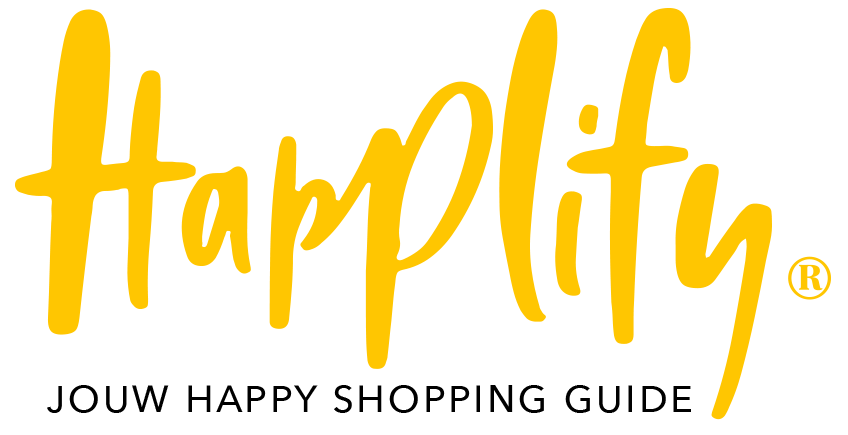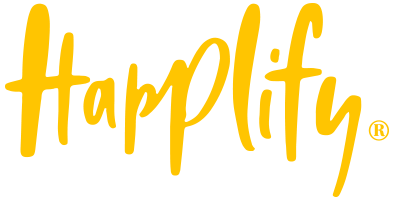A toasted sandwich stares at you suspiciously, cumulus clouds smile at you and that cast-iron manhole cover has a creepy grin from ear to ear. Does that sound familiar and is it you? Then Pareidolia is your diagnosis. Seeing faces in things. Nothing strange, but very nice if you pay more attention to it. Everything around you becomes a lot more fun when the faces are happy
The word pareidolia is Greek para (besides, wrong, in this context it means wrong) and eidolon (image or form). If you have more trouble and you don't see faces in something so easily, just Google 'I see faces', there is a good chance that you will see something in the images that you find that. Or check Pinterest with this search.

Three dots in a triangle is enough
Newborn babies already prefer to look at (pictures of) faces than at objects. A picture of a circle with three dots that together form a triangle, standing on the point, is enough for them. If you turn the triangle around, they react a lot less enthusiastically, but even upside down they find a face more fascinating than an object.
Scientific evidence for your primal instinct
Various studies have shown why people recognized a face in a circle and two points: these are deeply rooted primal instincts. The circle with two points is often already recognized as a face, even before consciousness receives and processes this information. An explanation for this may be that there is a need to recognize faces and silhouettes, for emotional involvement or (imminent) danger. In the example of a circle with two points, subjects were also found to unconsciously recognize emotions from minimal changes. When a curved line was added, subjects interpreted this as a smile, and thus safe. When the line was reversed, the face seemed to look sad.
The necessity of our brains, which subconsciously draw these interpretations from minimal changes, lies mainly in the behavior that is desirable in a situation. If a face looks angry, you can possibly flee. A smile is more disarming and friendly. And so desired.
Instagram #iseefaces
Instagram wouldn't be Instagram if there wasn't a complete account for this fun phenomenon. Multiple accounts by the way, but the @seefaces account currently has the most posts with the hashtags #iseefaces and #seefaces
And? Recognizable?
Tell and share the link to your #iseefaces below in a happy comment.
View this post on Instagram
















Interesting? Share with someone:
2 comments
Hahaha! Dat spookje in dat glas bier is echt super grappig! Kei leuk!
Hè… nooit geweten dat het een naam had! Grappig.
• )
•
Caring instead of replacing: the key to sustainability in and around the home
Turn your bathroom into a warm safe place: Your refuge at home